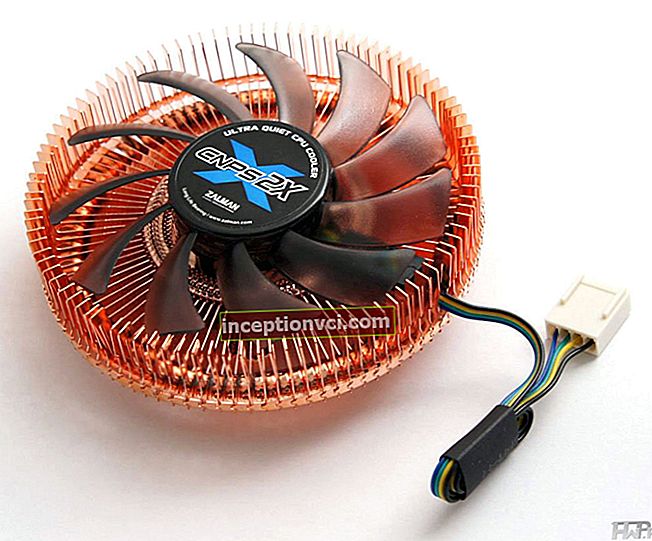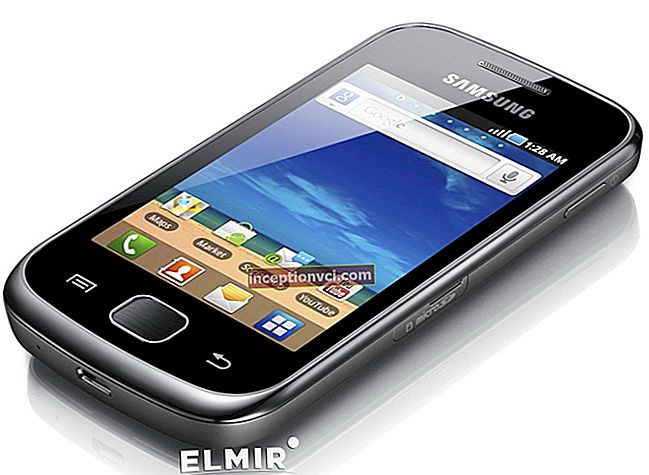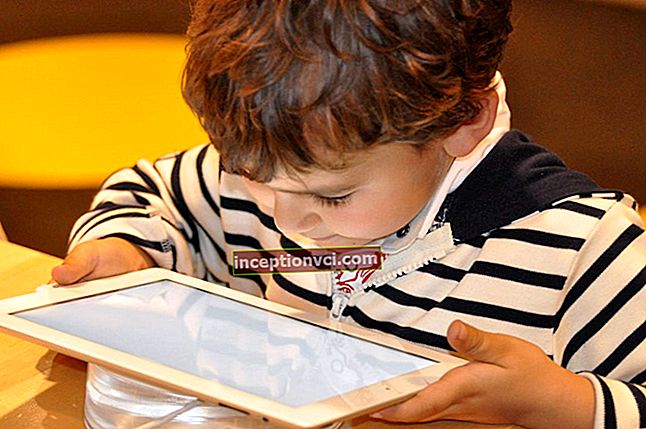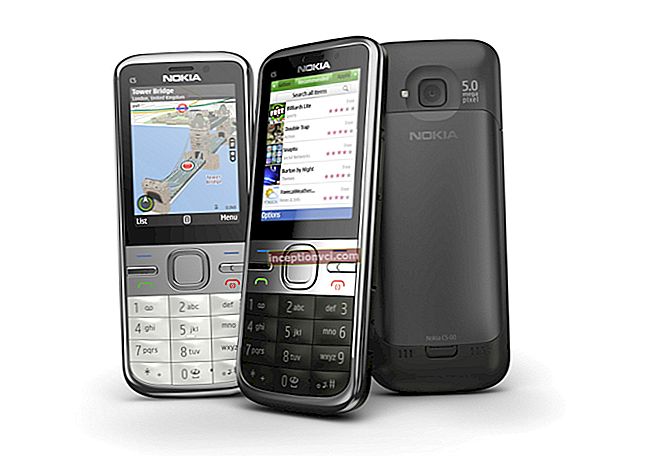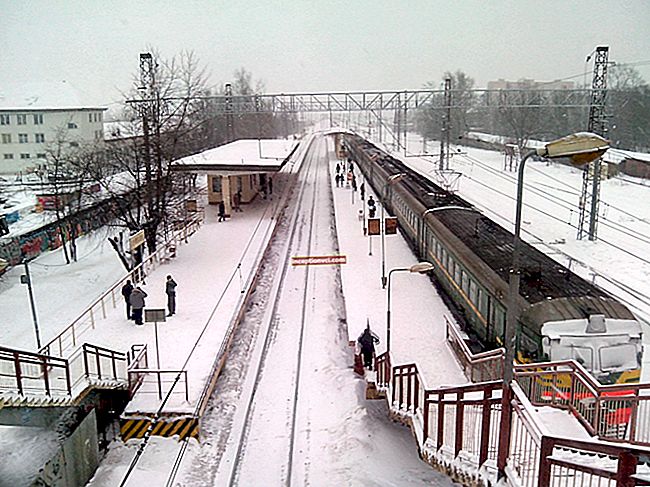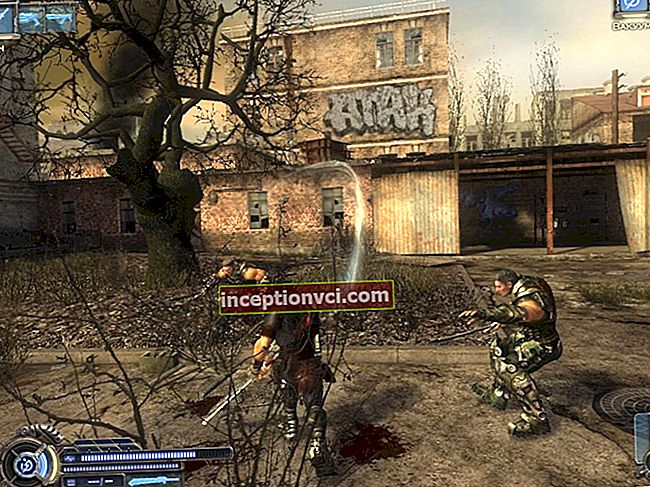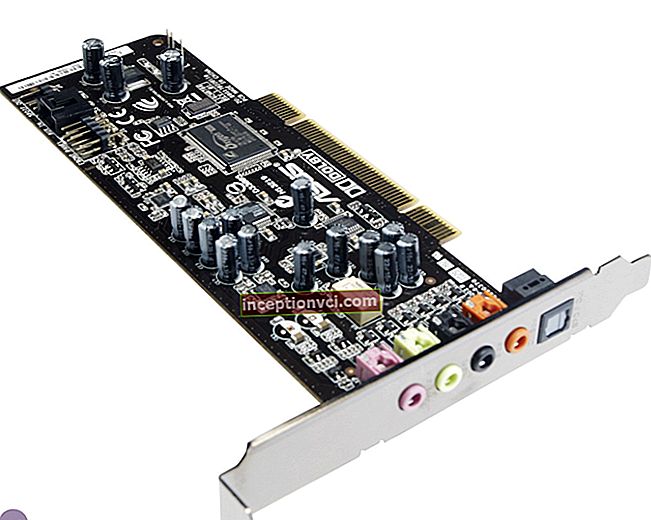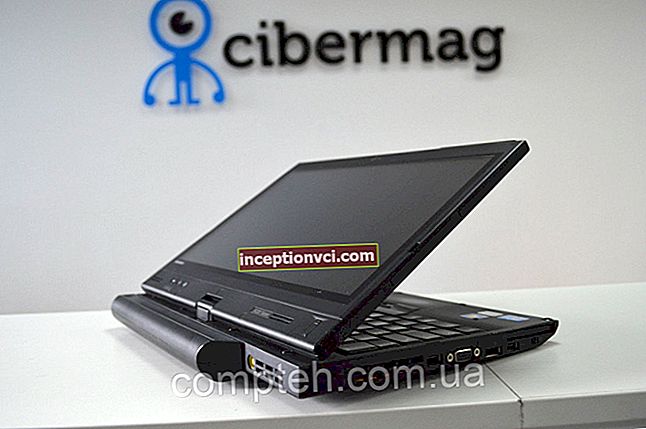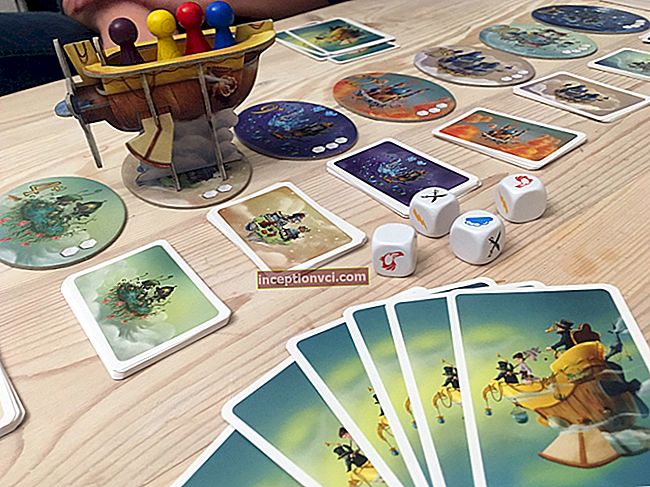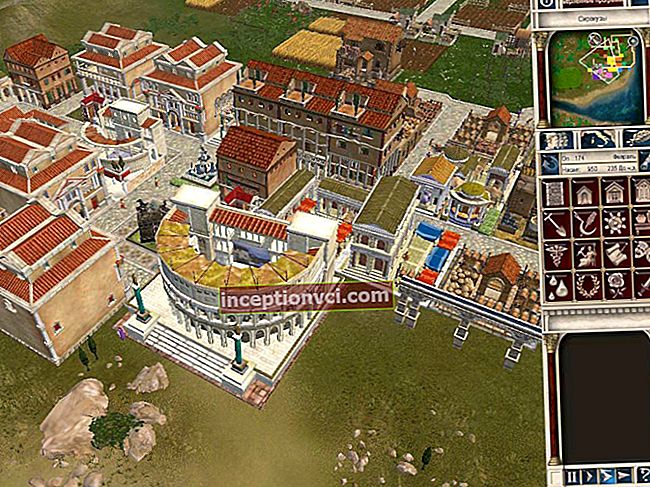One tablet instead of a stack of textbooks, and the backpack no longer weighs kilograms, but grams. But children who “stick” on the screen face two problems.
- Spasm of the eye muscles - when it is difficult to sharpen the image.
- Dry eye syndrome. It occurs due to the fact that the child forgets to blink, concentrating on the screen.

In order not to harm health and choose a good tablet for your child, look at seven characteristics.
Screen size and resolution
It is easier for a student to work with a large 10 "(") tablet, but the medium - eight "- fits in the side pocket of the bag. Screen resolution is equally important. This is the number of pixels (dots) per inch. A large display with a small resolution is evil. Letters and pictures will be blurry. A small (less than 7 ″) with a high resolution is gentle on the eyes.

Good models have Full HD resolution of 1920X1080, 1920X1200, 1920X1280 pixels. The best ones have the standard 2048X1536 and 2732X2048. These convey the most detailed picture. She is like reality itself.
But not all that glitters is gold. And what is sold cheaply is definitely with an outdated matrix. This can be easily identified by the viewing angles.
- If the display dims when turning, bad. So the tablet has a TN matrix with limited viewing angles.
- IPS and TFT have increased visibility. Such screens demonstrate the best brightness and contrast.
- Amoled and Super Amoled are the latest technologies with the clearest reproduction of colors and shades.
Watch Huawei MediaPad M5 Lite 10 "LTE Gray Review
Operating system
There are four of them: iOS (iPad), Android, Windows and less common FireOS (Amazon’s).
- The iPad on iOS is a great choice. There are many paid and free apps for development and education, stylus connection. But iPads aren't cheap. It's worth thinking twice before deciding which tablet to buy for study.
- Devices on Android are created by venerable manufacturers (ASUS, Lenovo, Samsung). Thousands of applications have been written for them. They work best with Google services. And it is quite suitable for elementary and high school.
- Windows tablets (usually transformers with keyboards) are improvised mini laptops. Not a bad option for high school students. It is convenient to type an essay, work with graphics, and are compatible with most devices - a printer, a mouse .... They are more autonomous and more mobile than any laptop. But even without the "minuses" in any way: there are still few applications developed for them, and the prices also "bite".
Watch a video review of the Lenovo IdeaPad D330 convertible tablet
Processor and memory
How fast the tablet works depends on the quality of the electronic filling. The larger the number of cores and the amount of RAM, the more productive it is.
- An Android device only needs 1.5-3 GB of RAM and 16-32 GB of internal memory.
- For Windows - 4 GB of RAM and at least 64 GB of internal memory.
- IOS tablets (iPad) do not have a slot for expanding the built-in memory. Therefore, take with a margin. And this is directly related to the price of the gadget itself.
It is worth understanding
If the tablet has 16 GB of memory, then 9-10 GB is occupied by the system and pre-installed applications. Only 6 GB will remain for programs and files.
What you shouldn't overpay for is the number of processor cores. For comfortable work, a dual-core or quad-core is enough. 8 cores are needed when you need to simultaneously process eight tasks. The tablet is worthless. You won't notice the difference between 8 and 4 cores. At all.
It makes sense to compare the number of cores when choosing between the same devices. For example, between Android tablets. But not between products from Google, Apple or Intel.
You shouldn't chase the high frequency of the processor either. The optimal indicator is 2 GHz. More - means the device will heat up and discharge faster. It's good if the gadget has a usb port.The student will be able to download information from a flash drive or hard drive. Also a nice addition will be a slot for a memory card. If necessary, the child will be able to increase the built-in memory of the tablet several times.
See the Xiaomi Mi Pad 4 4 / 64GB LTE review
Camera
Most tablets have two built-in cameras - front and rear. One in the front, the other in the back.
- On the rear panel with a higher resolution (5-8 megapixels or more) it works the same as on a mobile phone. It shoots photos and videos in 4K, Full HD or just HD (with the fewest pixels, so the picture is dimmer).
- The front panel is used for video calls. For example, via skype. Therefore, it does not require many megapixels at all.

Go online
The tablet needs the Internet, without it in any way. Absolutely all devices are connected to the network via Wi-Fi, which is tied to the room. If you want your child to be mobile independent, choose a model equipped with 3G and 4G with a communication module. Then the Internet will be at hand wherever it is. A SIM card is inserted into such tablets. You can talk on it like on the phone.
Note: "How to block ads on YouTube"
Watch the video review of the Samsung Galaxy Tab Active
